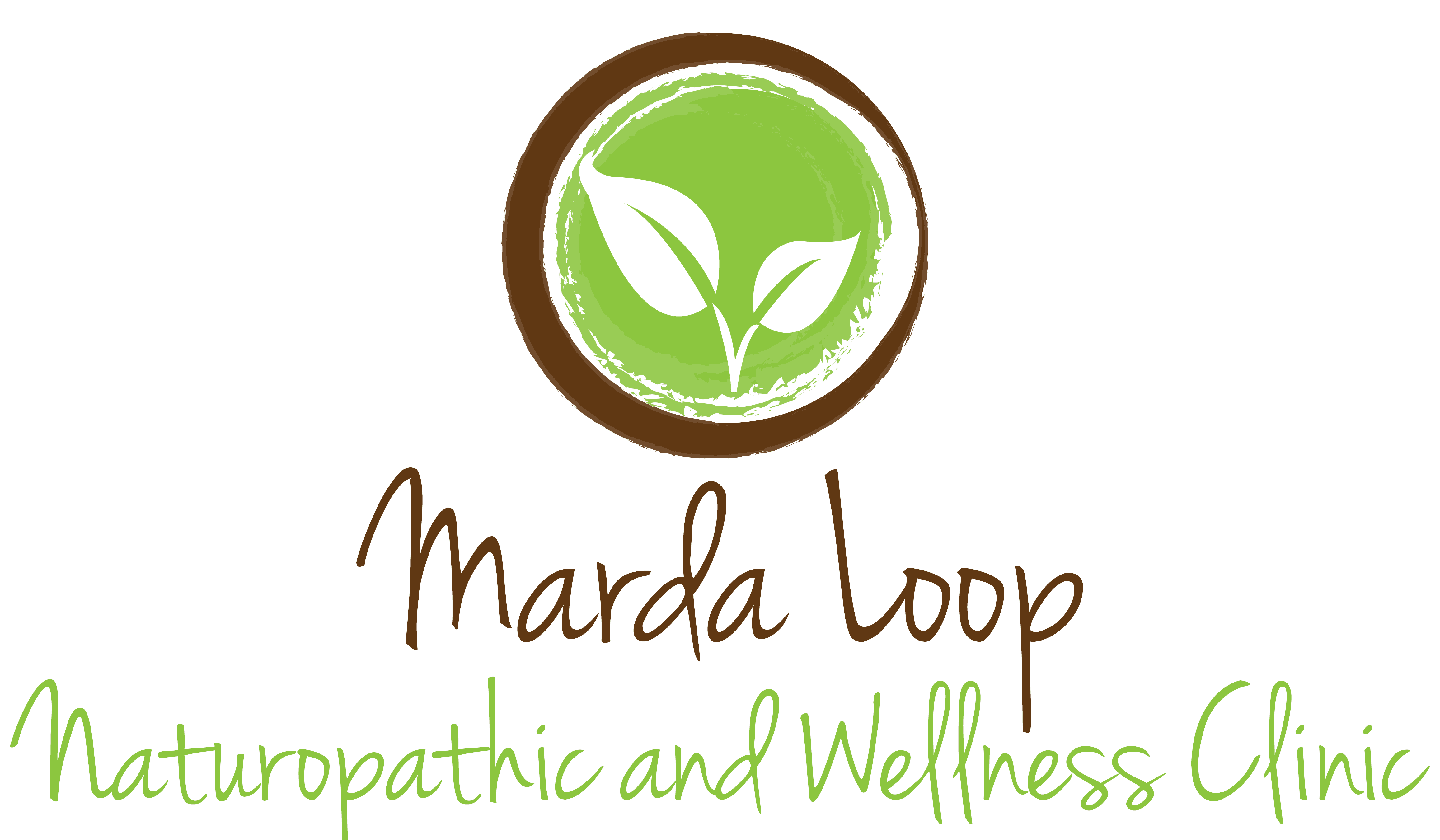Small intestine bacterial overgrowth (SIBO) is common condition we treat at Marda Loop Naturopathic and Wellness. In this series, Dr. Lindsey Hanson, ND, will explore what SIBO is, symptoms, testing, and general treatment options.
What is SIBO?
Small intestine bacterial overgrowth (SIBO) is a condition where there is an excessive growth of bacteria in the small intestine, where there should be very little bacteria. The main job of the small intestine in to absorb vitamins and nutrients from your food, and the job of the large intestine is to ferment food and turn it into stool, which required a lot of bacteria to help this process! When there is an overabundance of bacteria in the small intestine it will ferment food causing excessive gas production and contribute to one of the main symptoms of SIBO, which is bloating and gas. People will often talk about feeling several months pregnant because their belly is so bloated. This bacteria is usually a part of healthy microbiome, it is just in the the wrong place!
Symptoms of SIBO:
SIBO has been shown to be the primary cause of many chronic digestive symptoms and the culprit in many IBS diagnosis. The symptoms of SIBO can include:
- Bloating and abdominal distension
- Bad breath
- Nausea
- Heartburn and GERD
- Excessive belching and passing gas
- Abdominal pain
- Diarrhea and/or constipation
The primary food source for bacteria are fibres, sugars, sugar alcohols, and oligosaccharides. When the bacterial overgrowth feeds on these food sources they will produce a significant amount of gas leading to the symptoms of SIBO.
Some examples of foods people with SIBO commonly react to are:
- Onions and garlic
- Dairy products
- Carbohydrates and starches – breads, pastas, beans and lentils, high starch vegetables
- Certain fruit and vegetables – apples, pears, cauliflower, broccoli, cabbage
A person may be able to eat these foods in small amounts and not have any issues, but in larger amounts, or combining a variety of these foods, could cause symptoms. Many people tend to do well on a Low FODMAPS diet which cuts out many of the foods that trigger SIBO. However, this is a very restrictive diet that should not be followed long-term since it can lead to malnutrition. Although these foods can contribute to the symptoms of SIBO and limiting them may help to manage the symptoms, this unlikely to eradicate SIBO and specific treatment protocols to address the overgrowth are usually necessary.
Causes of SIBO:
There are several contributing factors and causes of SIBO.
Getting food poisoning or travellers diarrhea can contribute to developing SIBO.
A dysfunction of the migrating motor complex (MMC). The MMC is a self-cleaning system of the intestine. Approximately every 3 hours this sweeping action will clear bacteria from the small intestines and prevent bacteria from migrating backwards from the large intestine into the small intestine.
Low stomach acid
Antibiotics
Bile insufficiency
Testing for SIBO:
There are 3 main types of SIBO based on the gas they produce:
- Hydrogen
- Methane
- Hydrogen Sulfide
If we suspect that SIBO is the cause of your digestive symptoms, we typically recommend SIBO testing. This test involves a series of breath tests to measure the amount go hydrogen and methane gas produced after drinking a sugary drink (typically lactulose). How quickly the gases are produced and what level they reach can help us determine if SIBO is a part of your health picture.
A newer test can also measure the amount of hydrogen sulfide gas that is produced if we suspect a hydrogen sulfide overgrowth is also present.
Treatment:
Treatment for SIBO depends on the type of SIBO present but generally follows three main phases:
Phase 1: Biofilm disruption and detox support
Bacteria can produce a protective coat around themselves called a biofilm. This is like the “scum” on your teeth at the end of the day, which is a biofilm produced by the bacteria in your mouth. This biofilm can hide the bacteria and make it harder to eradicate. It is important to disrupt the biofilm so we can get to the bacteria hiding underneath it, and to inhibit its growth.
As the bacteria is eliminated a person may experience a die-off effect, which can feel like having the flu. Supporting detox pathways can help to limit the die-off symptoms.
Phase 2: Eradication
In this phase we are working on eliminating the bacterial overgrowth. This can be down with herbal antimicrobials or using specific antibiotics
Phase 3: Recovery and Prevention
In this phase we work on addressing the contributing factors and causes of SIBO as well as gut healing. This involves using motility aids to support the migrating motor complex (MMC), working on stomach acid, and bile production. We also focus on healing the gut and supporting a healthy intestinal lining.
Probiotics:
If SIBO is an issue with bacteria, where do probiotics fit in? It can seem counterintuitive to add more bacteria to a condition that is an overgrowth of bacteria. However supporting a healthy microbiome is important and probiotics do have a role to play. We are careful with when we add probiotics and what type of probiotics we use.
Outcome:
SIBO is a complex condition and unfortunately can have a high relapse rate so it is important to identify SIBO, properly eradicate it, and address the potential causes and contributing factors to SIBO overgrowth. If you are struggling with chronic digestive symptoms and IBS, please reach out to us to see how we can help support your symptoms and GI health!






